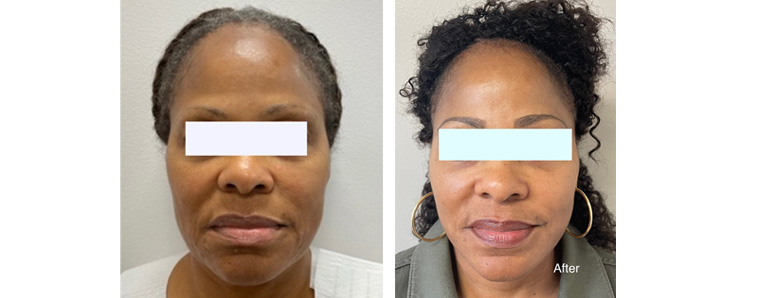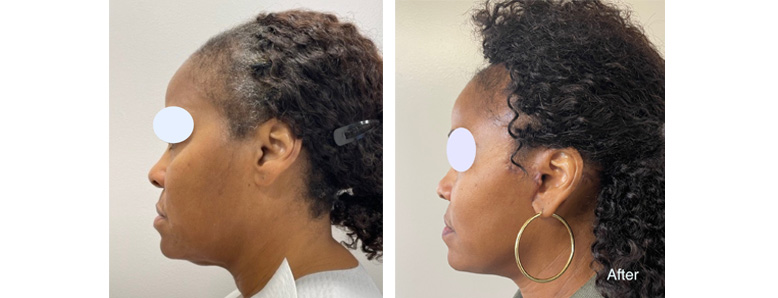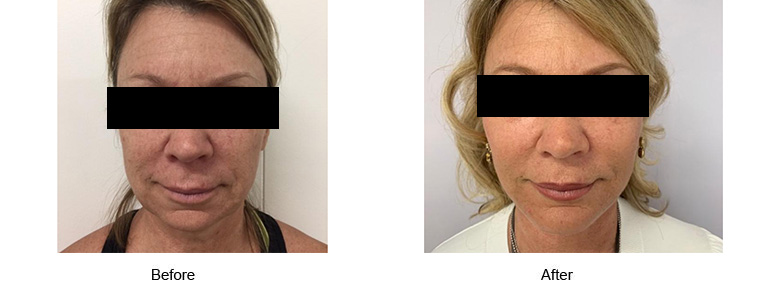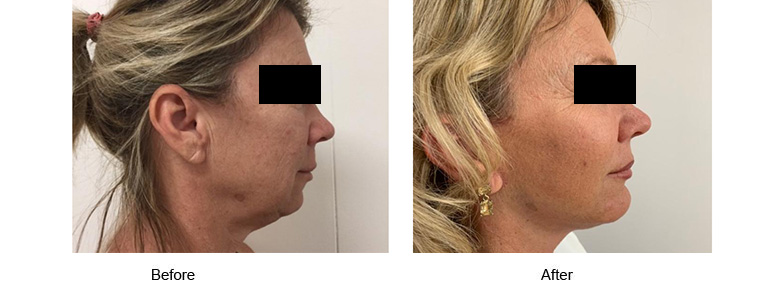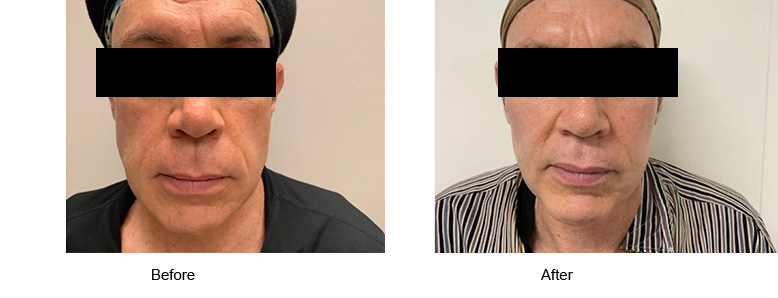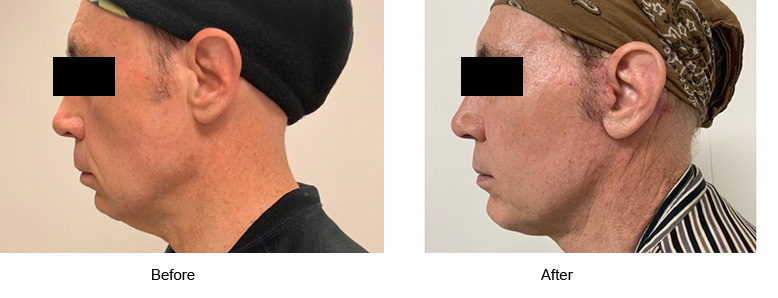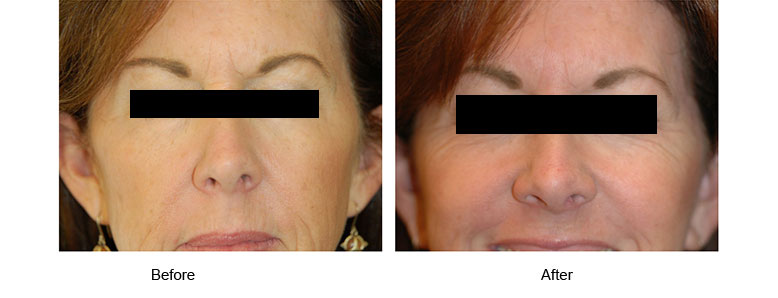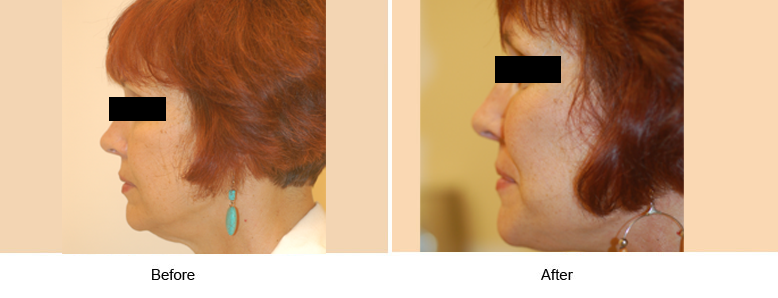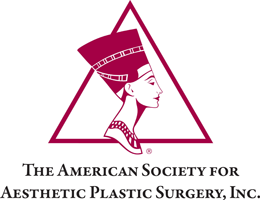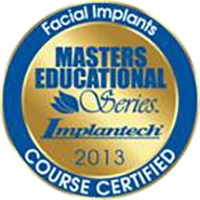About Facelift Surgery
Throughout people’s lives, the effects of gravity, sun exposure, and the general everyday stresses of life can begin to affect the overall appearance of the face, resulting in loose, sagging skin and deep creases that form between the nose and mouth.*
A facelift, technically known as a rhytidectomy, is a surgical procedure performed to improve the most visible signs of aging. A successful facelift will diminish excess fat, tighten muscles beneath the skin of the face and neck, and reduce any loose or sagging skin. In many cases, this procedure is performed in conjunction with eyelid and/or forehead surgery. A facelift can make you look younger and healthier, and it may enhance your self-confidence as well.*
It is important to realize that facelift surgery cannot stop the process of aging. It can, however, slow it down and “set the clock back” for those desiring a more youthful appearance.*
Before & After Face Lift Surgery Photos
*Individual results will vary in each patient.
Are You a Candidate for Facelift Surgery?
The best candidate for a facelift is a man or woman whose face and neck have begun to sag, but whose skin retains some elasticity. While the facelift procedure is probably the most sought-after procedure for those over forty, it is becoming increasingly common for those under forty as well. Many patients prefer early or preventative corrections to maintain their youthful appearance. The vast majority of patients are people who take pride in their appearance and feel younger than they look.*
It is important to remember that facelift surgery cannot permanently erase all creases, including lines around the mouth, frown lines, and lines around the crow’s feet region.
At the time of your consultation for a Facelift in San Francisco, Dr. Javaheri will ask you about your general medical history, Specifically pertaining to any medical conditions that could cause problems during or after your facelift in San Francisco, such as uncontrolled high blood pressure, blood clotting problems, or a tendency to form excessive scars.
If you are a smoker you will be asked to stop smoking well in advance of surgery. Regular smoking constricts blood vessels resulting in decreased blood flow to given areas, which can prevent normal healing.
For optimum results, proper skin care is required pre and post-operatively. In addition, photo rejuvenation via laser treatments may also be recommended for skin clarity and collagen stimulation. This can be bundled with your facelift package.*
About the Operation
As a general rule, the incision used for both men and women is the same, although there is a slight difference due to the presence of facial hair on most males. For most procedures, the incision starts high in the temple area (hidden by the hair) and then progresses down in front of the ear, around the earlobe, and then up behind the ear before curving gently back into the hairline of the neck. In some circumstances, it may be necessary to add an incision under the chin.
Using the above incisions, the skin is lifted forward onto the cheeks, down as far as the jawline, and into the neck. The underlying muscles are then lifted accordingly in order to ensure a longer-lasting effect. After repositioning the deep tissues, leaking blood vessels are then sealed. Following this, the loose expanded skin is lifted upwards and any overlapping or excess skin is reduced. Finally, the wound is closed with a combination of sutures and miniature staples. A bandage dressing is then gently placed around your face in order to apply light pressure over the wound area.
A facelift can be performed either with local anesthesia or general anesthesia. This will also depend on whether you will be having extra work done to the eyes or brow area. For Facelift in San Francisco, Dr. Javaheri will discuss your options in more detail at the time of your consultation. Facelift surgery normally takes between two to three hours and longer when combined with additional surgery.*
What to Expect After the Face Lift Surgery?
Bandages and drains (if used) come off the day following your facelift surgery, and your hair will be carefully washed. Over the next few days your hair should be washed daily with a gentle shampoo and great care should be exercised in the suture area. Stitches in the skin and metal clips used within the hairline are extracted after eight to ten days.
You will experience a tight feeling around your face as a result of the bandages. Most facelift patients report a surprisingly small amount of discomfort following their procedure. In addition, most patients experience a numbing sensation once the bandages are extracted, and this will improve with time.*
You will also experience a feeling of tension in the neck and cheek areas as well as around the ear. This is a result of the small sensory nerve fibers in the skin being separated during the operation. Sensation usually returns to normal, but this may take up to nine months.*
Your Facelift Recovery Process
Following facelift surgery, you will experience varying degrees of swelling and bruising of the face which can last up to three weeks. Occasionally, isolated bruised, and hardened areas can take up to two months before disappearing. As a result of the swelling, you may experience some temporary lag in the normal motion of your facial muscles, but this usually subsides gradually without the risk of permanent change.*
You should be up and about in a day or two, but you should plan on resting for the first week following your facelift surgery at one of our locations in San Francisco. You must be especially gentle with your face and hair since your skin may be tender and numb. You must also avoid strenuous physical labor and activity, including sex, for at least two weeks.*
Initially, your face may look and feel rather strange. Your features may be distorted from the swelling, and your facial movements may be slightly stiff. You will also more than likely be self-conscious about your scars. By the third week following your facelift surgery, you will start to look and feel much better. Most patients are back at work about ten days to two weeks after surgery. If desired, camouflage makeup can mask most remaining bruising.*
As with any cosmetic procedure, there will be some scarring. These scars can take many months or even years to heal. You should expect the scars to be red, raised, lumpy, and even itchy to begin with they should fade and flatten with time as this is part of the healing process. Please keep in mind that the healing process may take up to two years to complete.*
For those with certain skin types, sometimes scars can stretch behind the ears, and, in rare circumstances, in front of them. Unfortunately, these skin types cannot be identified prior to surgery. In addition, a bald strip can develop adjacent to the scar that is situated in the temple area.*
Possible Facelift Complications
Individuals vary greatly in their anatomy, their physical reactions, and their healing abilities, and the outcome is never completely predictable. As with any surgical procedure, the risk of infection is always a possibility. This can be minimized by the preventative administration of antibiotics both at the time of your surgery and afterward while in recovery. However, on occasion, mild infection can occur and is relatively common, although it usually subsides after two weeks.*
As mentioned earlier, swelling should be expected after this procedure. On rare occasions, increased bleeding can lead to more significant swelling and the development of a hematoma (a collection of blood under the skin), which requires surgical drainage to remedy the swelling. Other complications include injury to the nerves that control facial muscles (usually temporary with a less than 1% chance of being permanent), delayed wound healing, and skin lumpiness or distortion, all of which are usually temporary.*
*Results for each patient will vary. Please remember that the information provided will not guarantee your eligibility for a facelift. Consultation and medical examination must be completed before approval.
FAQs About Facelift (Rhytidectomy) in the San Francisco Bay Area
What is facelift surgery?
Rhytidectomy, commonly referred to as a “facelift,” is a procedure that seeks to improve visible signs of aging in the face and neck. A facelift raises and firms sagging skin, smoothing wrinkles and fine lines to give you a rejuvenated and youthful appearance.
How much does a facelift cost in San Francisco, California?
A facelift can start around $10,000 depending on the complexity of the surgery. Other factors such as anesthesia and the expertise of the surgeon will be factored into costs as well. Schedule a consultation with double-board certified plastic surgeon Dr. Shahin Javaheri for a thorough evaluation of your concerns.
Is it worth getting a facelift?
The goal of any facial surgery is to achieve facial balance. A facelift will leave you looking rejuvenated and youthful. Patients are immensely happy with their facelift procedure with their refreshed appearance.
What is the best age to have a facelift?
Patients in their mid-40s will begin considering facelifts when sagging skin, jowls, wrinkles, and fine lines set in. Although there’s no best age for a facelift, anyone experiencing signs of aging in the neck and face may benefit. Mini facelifts are becoming more popular among even younger patients and helping them age more smoothly.
Does a facelift make you look younger?
A facelift can remove years from one’s appearance. The procedure aims to give a rejuvenated and refreshed look to make you appear younger, well-rested, and healthier.
Will a Facelift get rid of wrinkles?
A facelift will not completely rid you of wrinkles, but it will help diminish the presence of fine lines and wrinkles as well as aid in slowing and softening the appearance of aging. The results of a facelift are optimized by proper skin care and collagen-stimulating laser treatments.
Where to get a facelift in San Francisco, California?
Choose a board-certified plastic surgeon. See that their experience aligns with your desired procedure, then schedule a consultation to discuss your aesthetic goals to see if your surgeon is a right fit for you.
